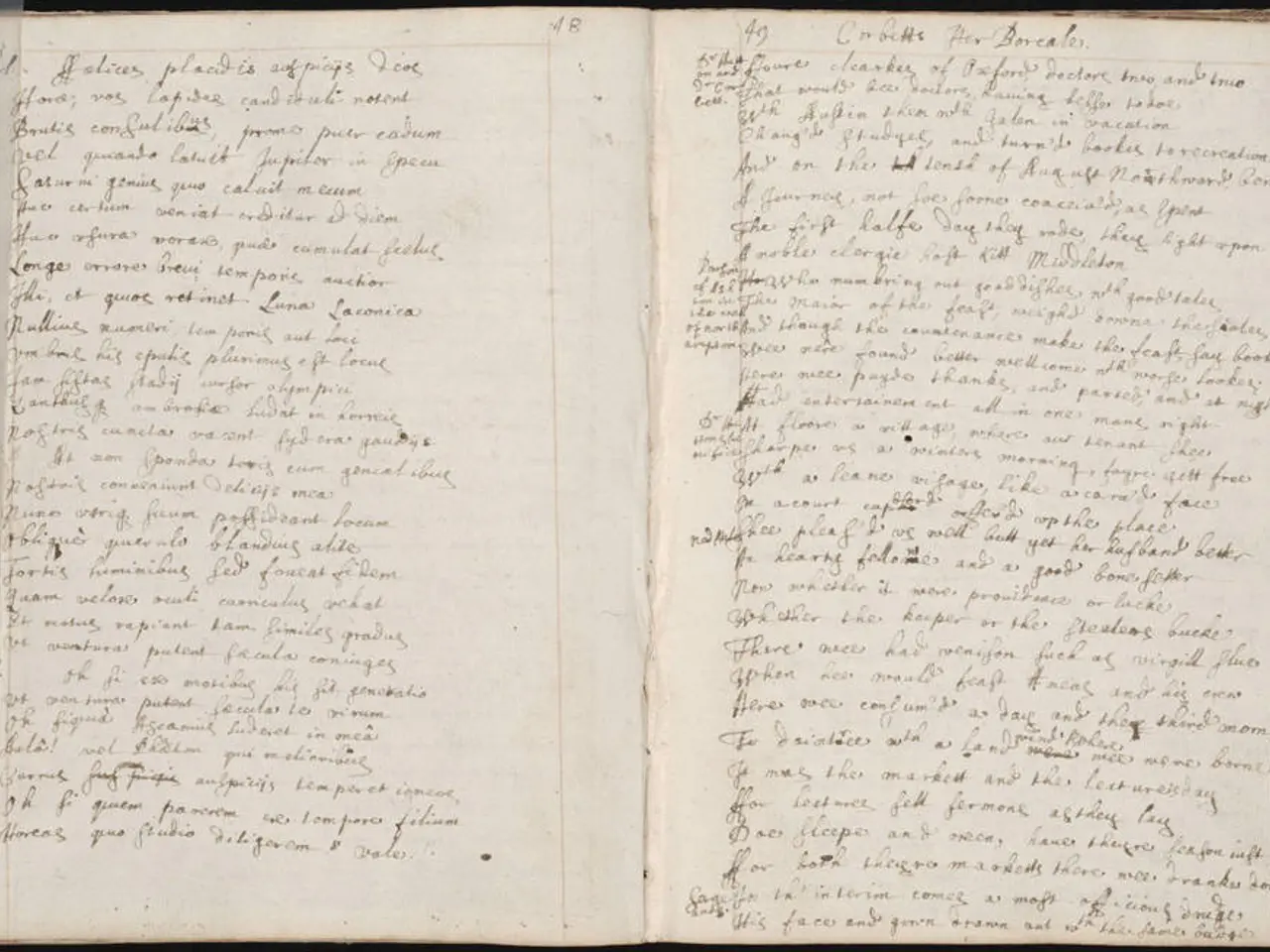Indian Thrillers: A Mélange of Timeless Classics and Modern Suspense in Cinema from the Subcontinent
The Evolution of Indian Thrillers: A Journey Through Time
Indian thrillers have come a long way since their inception, transforming from simple narratives in black-and-white cinema to complex and sophisticated storytelling in the modern era.
In the early days, films like Mahal (1949) and CID (1956) set the tone for Indian thrillers, with a formula of suspense, romance, and crime. Themes were often inspired by folklore, literature, and real-life incidents, and the plots were simple, often revolving around murder mysteries or mistaken identities.
The black-and-white period also saw the emergence of micro-niche genres such as suspense and mystery films, which gained popularity. To create suspense, filmmakers relied heavily on background scores and shadowy visuals.
The 1970s marked a significant shift with the introduction of the masala film format, blending action, drama, and thriller elements into mainstream Bollywood cinema. This period also saw a surge in crime thrillers, with films like Don (1978) and Kaala Patthar (1979) introducing anti-heroes and morally complex characters.
The 1990s brought further changes with movies like Baazigar (1993) and Gupt (1997), which added psychological elements and romance to the genre. Thrillers during this era began to explore themes of revenge, justice, and moral ambiguity.
The late 2000s and 2010s saw Indian thrillers daring to be great, exploring genre-bending and societal issues like caste, gender, and class. During this period, directors like Satyajit Ray brought intellectual depth to thrillers with films like Chiriyakhana (1967) and Shatranj Ke Khilari (1977), blending suspense with cultural critique.
Iconic actors like Amitabh Bachchan and Vinod Khanna became synonymous with gritty crime dramas during this period. Digital technology and globalization also influenced Indian thrillers, with films like Kaante (2002), Black Friday (2004), and Johnny Gaddaar (2007) incorporating grit and realism.
The 2000s also saw the rise of neo-noir thrillers, a focus on ensemble casts, and themes inspired by global events.
In recent years, OTT platforms like Netflix, Amazon Prime, and Disney+ Hotstar have revolutionized Indian thrillers, providing filmmakers with greater creative freedom and fostering cross-cultural appreciation. Andhadhun (2018), Tumbbad (2018) and Drishyam 2 (2021) are examples of critically and commercially successful films from this period.
Modern Indian thrillers are characterized by a shift towards character-driven narratives, innovative use of non-linear storytelling, and exploration of societal issues. OTT platforms have also enabled the rise of limited-series formats and opportunities for emerging filmmakers to experiment with fresh ideas.
In summary, the key changes in Indian thriller movies from the black-and-white period to the present include a shift from simple narratives and limited technical resources to more complex storytelling, varied sub-genres, and advanced cinematic techniques. The future of Indian thrillers promises to be as thrilling and unpredictable as the genre itself, with technology advances and nuanced storytelling.
- Contemporary lifestyle continues to be enriched by the evolution of Indian movies-and-tv, with thrillers offering a blend of drama, romance, action, and suspense that captivates audiences worldwide.
- The transformation of Indian thrillers over the years has been remarkable, moving away from traditional folklore and real-life incidents to include psychologically complex characters and societal issues in their narrative, such as caste, gender, and class.
- Today, the entertainment industry is witnessing an expansion of Indian thrillers on various platforms like Netflix, Amazon Prime, and Disney+ Hotstar, offering opportunities for filmmakers to experiment with fresh ideas, explore diverse themes, and create cinema that entertains as well as stimulates thought.







